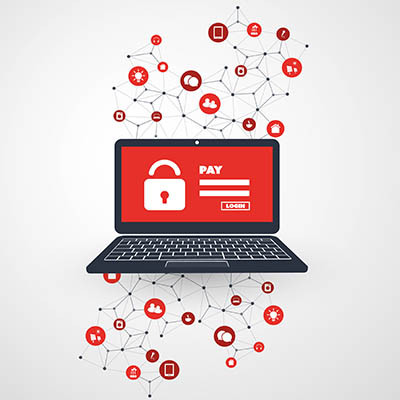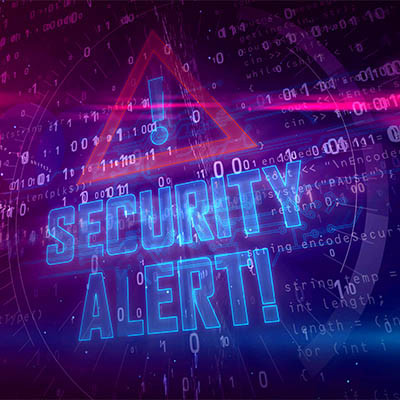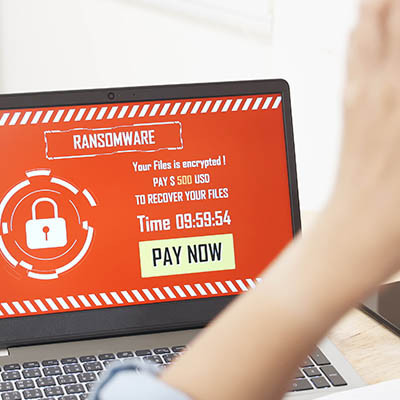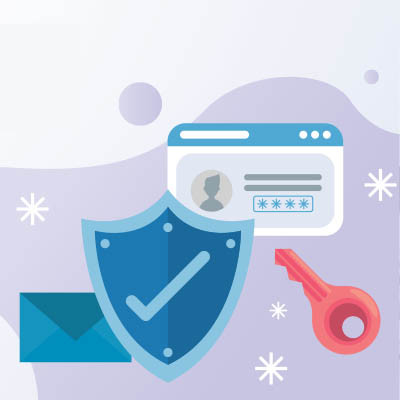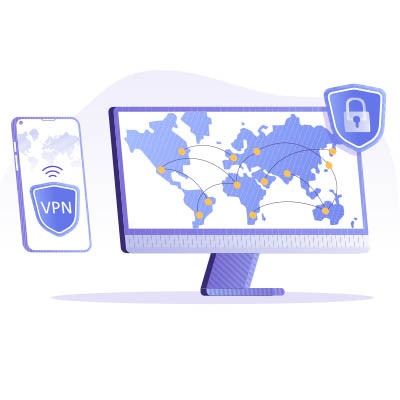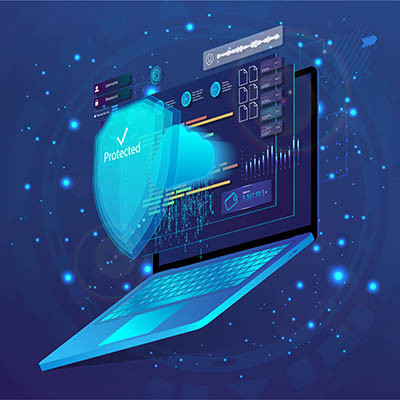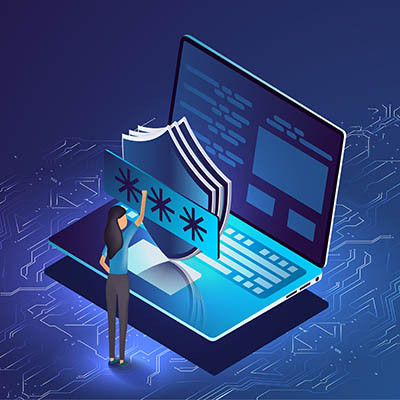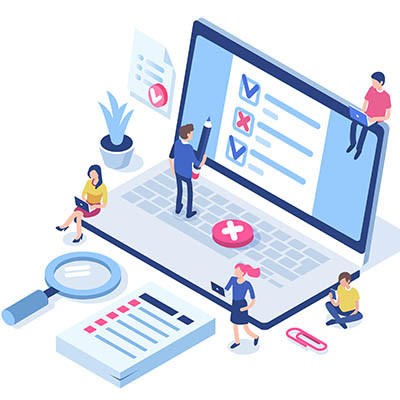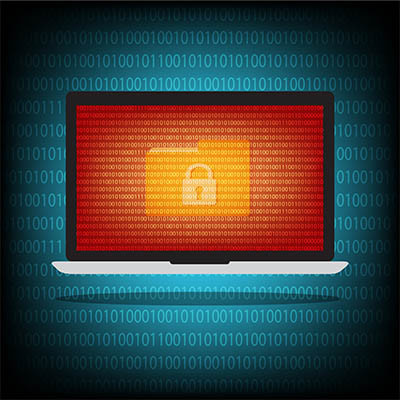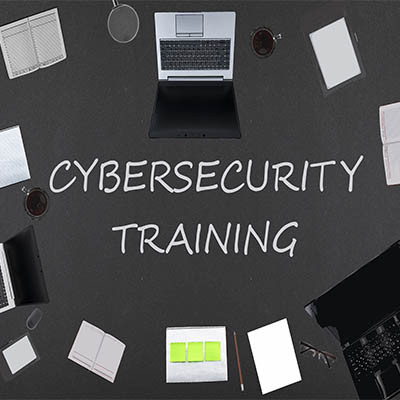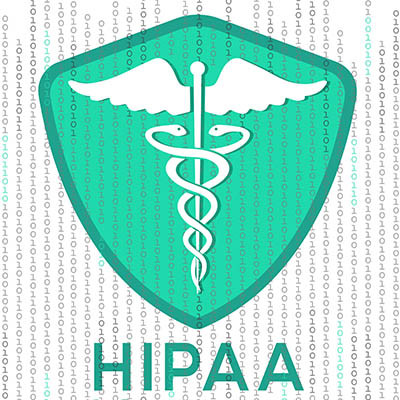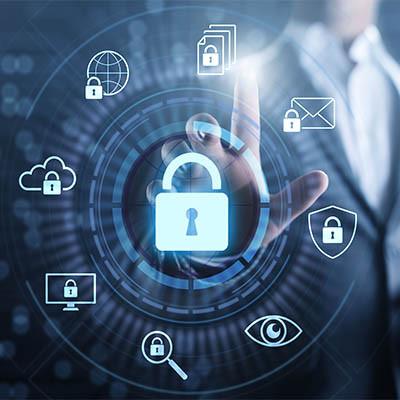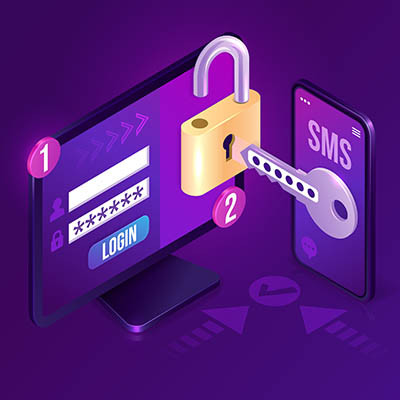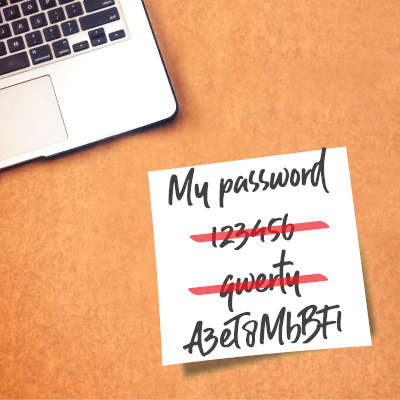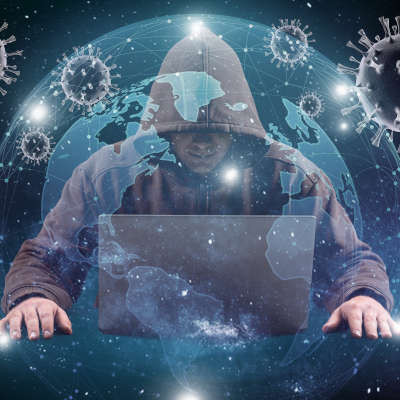A new ransomware threat has surfaced, this time targeting unpatched and end-of-life products in SonicWall’s line of Secure Mobile Access (SMA) 100 series and Secure Remote Access (SRA) products. The threat is currently being exploited in the wild, so if you utilize these devices in your business, it is your responsibility to take action to mitigate damages caused by these ransomware attacks now.
Cerberus IT Solutions Blog
Data breaches are an unfortunate reality that businesses have to contend with, but small businesses often do not give them the consideration that they deserve. It is critical that you consider security challenges and take these risks seriously. Let’s examine how you can overcome some of the many challenges that small businesses have with cybersecurity.
Countless high-profile ransomware attacks have surfaced over the past several years, all against targets like manufacturers, pipelines, hospitals, and utility companies. Obviously, these attacks are a cause for concern, but some small businesses might make the mistake of thinking themselves too small to target. Unfortunately, this is simply not the case; we’ll help you protect your business from these devastating cyberattacks.
Hackers are a crafty bunch. They will use any and all means to infiltrate businesses, including some that are downright shameful. One of the most devastating ways that hackers make these attempts is through the use of phishing attacks, or attacks where they essentially trick users to click on links in emails or hand over confidential information.
With so many accounts required on an everyday basis, it’s no surprise that people often struggle with passwords and password security. One way that individuals try to manage the countless passwords used on a daily basis while keeping them secure is through the use of password managers. What does a password manager do, and why should you consider implementing one for your business?
The COVID-19 pandemic forced many organizations to transition to online work, a notion that many businesses felt was previously out of the question. This transition came with its fair share of frustrations, but eventually businesses figured out that remote work offered various benefits. That said, one of the biggest issues also manifested, and was in the form of security.
It should come as no surprise that cybersecurity is an important consideration for a business, which means it is important that you are aware of how effective your security practices are. Evaluating this is best accomplished by testing your team and their preparedness… but how often should you do so?
A survey from Splunk and Enterprise Strategy Group indicates that organizations tend to invest a significant amount of their capital into cybersecurity. Even more interesting is that 88 percent of respondents in this survey reported that they would increase these investments, with 35 percent reporting that they will be substantial. What other insights can we glean from this survey?
As is often the case with ransomware attacks, the situation with the Colonial Pipeline hack has grown more complex as more information regarding the attack has been discovered. Here are some of the major developments that you should keep top of mind in the wake of this devastating ransomware attack.
Your organization’s network security is dictated in part by your security solutions, but your employees also play a large role in maintaining it. If you want to make sure that your employees are not inadvertently putting your organization at risk, you need to ensure they are getting the proper security training. Here are a couple of ways you can make security training less like pulling teeth and more engaging for your employees.
Some industries have specific standards that must be met regarding data security and privacy. For healthcare and its related industries, you have HIPAA, the Health Insurance Portability and Accountability Act, which protects the privacy of patient records and requires that organizations maintain them in a specific fashion. To make this a bit easier is HITRUST, the Health Information Trust Alliance. How are these two intertwined and how do they make the privacy regulations in the United States easier to understand?
Unfortunate as it might be, one single solution is not going to eliminate any and all of your cybersecurity woes. That said, there are plenty of ways that you can mitigate the majority of threats and minimize their chances of success. One of the best ways is to construct a culture of cybersecurity awareness within your organization that encompasses all employees, including upper-level management and the C-suite. Here are 11 ways that you can build up an enduring culture of cybersecurity awareness for your business.
Regardless of how airtight your organization’s password policies are, relying on passwords as your exclusive security measure just isn’t enough to resist some of today’s threats. This is why we—along with most other industry and security experts—recommend that two-factor authentication (2FA) be put into place. Let’s review some of the options available for your 2FA, and the added security it can introduce, for this week’s tip.
In today’s business, your data is your number one asset. For this reason it is important that you take steps to protect it. One case that accentuates this is the case of Xiaorong You, which is currently playing out in a Tennessee court. The accused is charged with stealing trade secrets and committing corporate espionage, as she is accused of allegedly stealing almost $120 million worth of BPA-free technologies from several companies, among them the Eastman Chemical Company and Coca-Cola.
Small and medium-sized businesses have been playing catchup for over a decade when it comes to getting the physical security solutions that larger companies utilize. Fortunately, the gap has shrunk in recent years. Today, we thought we would outline the need for these tools and the physical security solutions that your business should be using to protect your assets.
We will never pass up the opportunity to draw attention to the importance of cybersecurity awareness, as it is a crucial element for any business to consider. One serious issue that has caused significant stress amongst businesses is phishing. Let’s consider some recent statistics to evaluate where we stand right now, specifically in terms of the prevalence of phishing attacks.
Cyberattacks have been carried out by nations for decades, but for whatever reason, our minds still build the hoodie-wearing cyberpunk sitting at a laptop in a dimly-lit room. This often isn’t the case. Today, we thought we would shine a light on state-sponsored hacking, starting with the attack carried out recently against the U.S.-based cybersecurity company FireEye.
Passwords are effectively the cornerstone of your business’ data security—if they aren’t up to muster, your protections could crumble. Unfortunately, many users shortchange their passwords to try to make them more convenient, also making them more convenient for cybercriminals. Let’s see how we could (and should) make passwords as effective as possible.
During the COVID-19 pandemic there have been quite a few different types of scams. At first, most of the scams centered around economic relief money that was doled out to people to help prop up the fledgling economy. More recently however, scammers have focused on vaccines. Today, we will take a closer look at some of these scams, as they are growing in sophistication.

